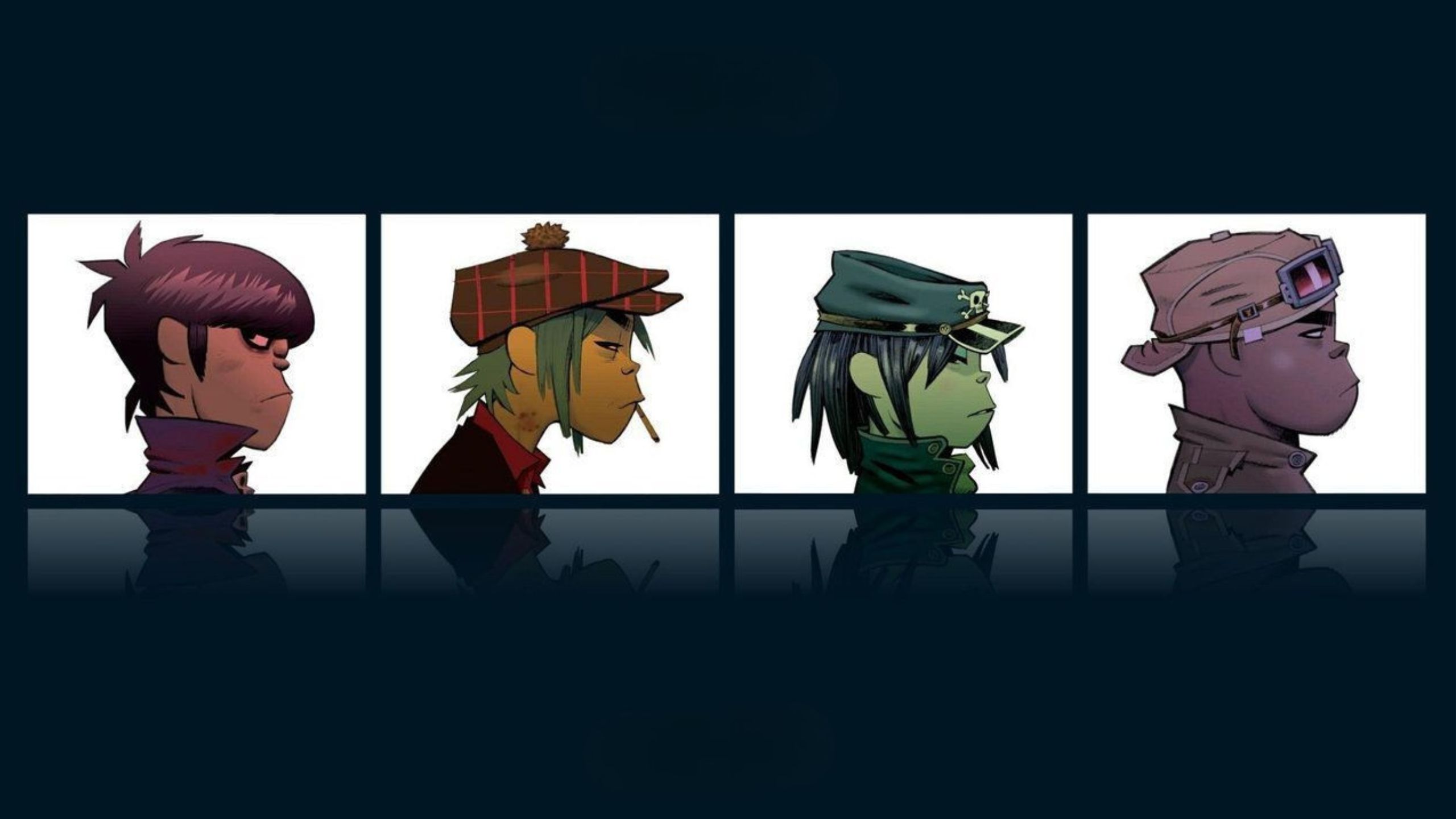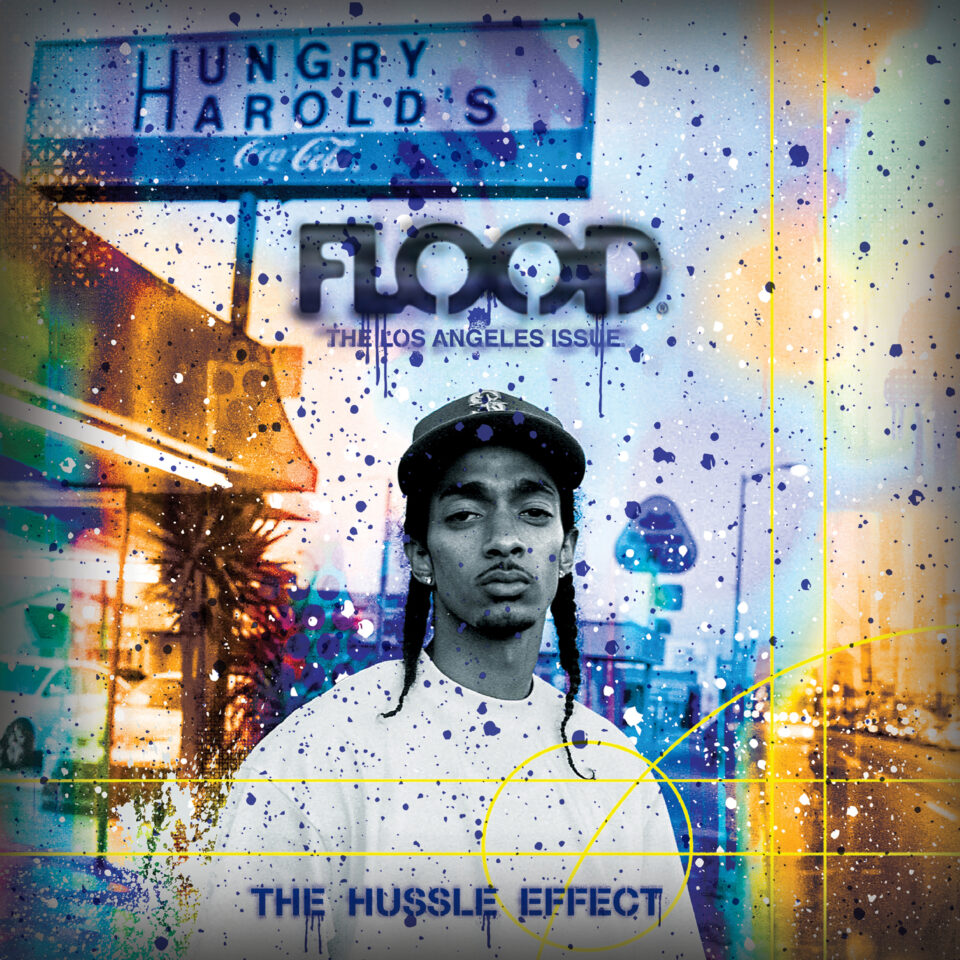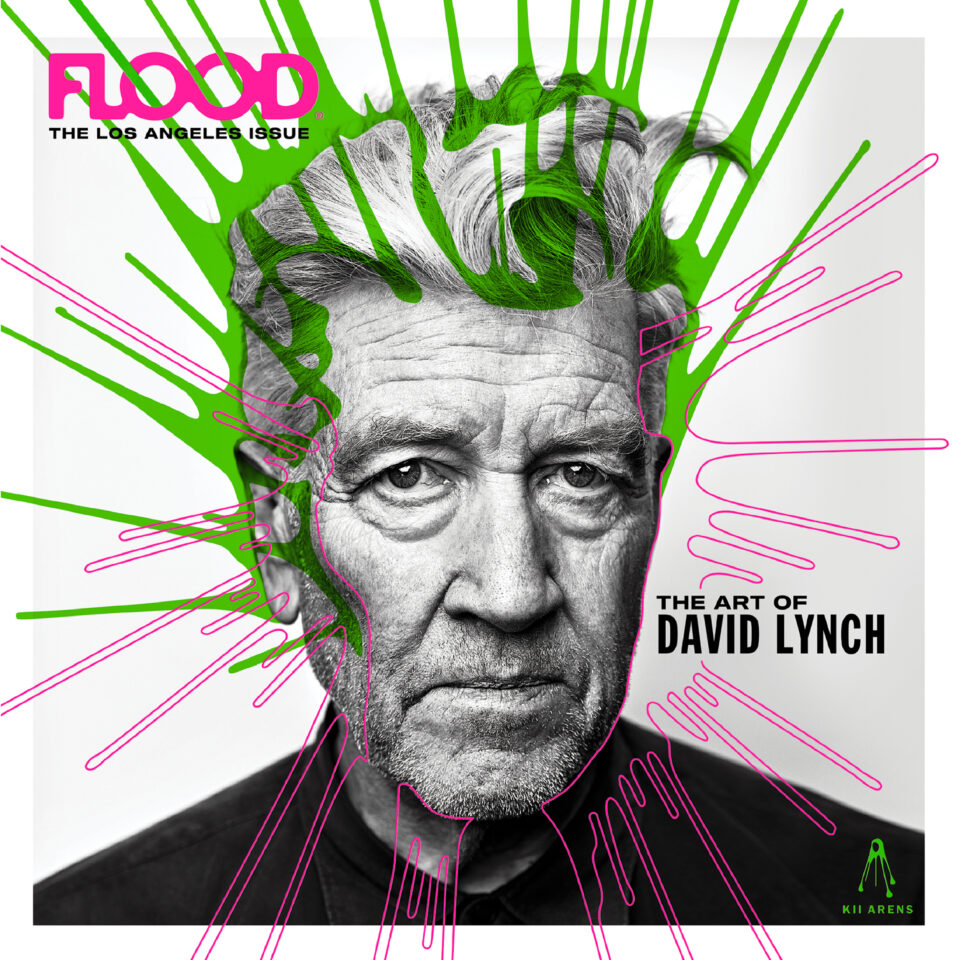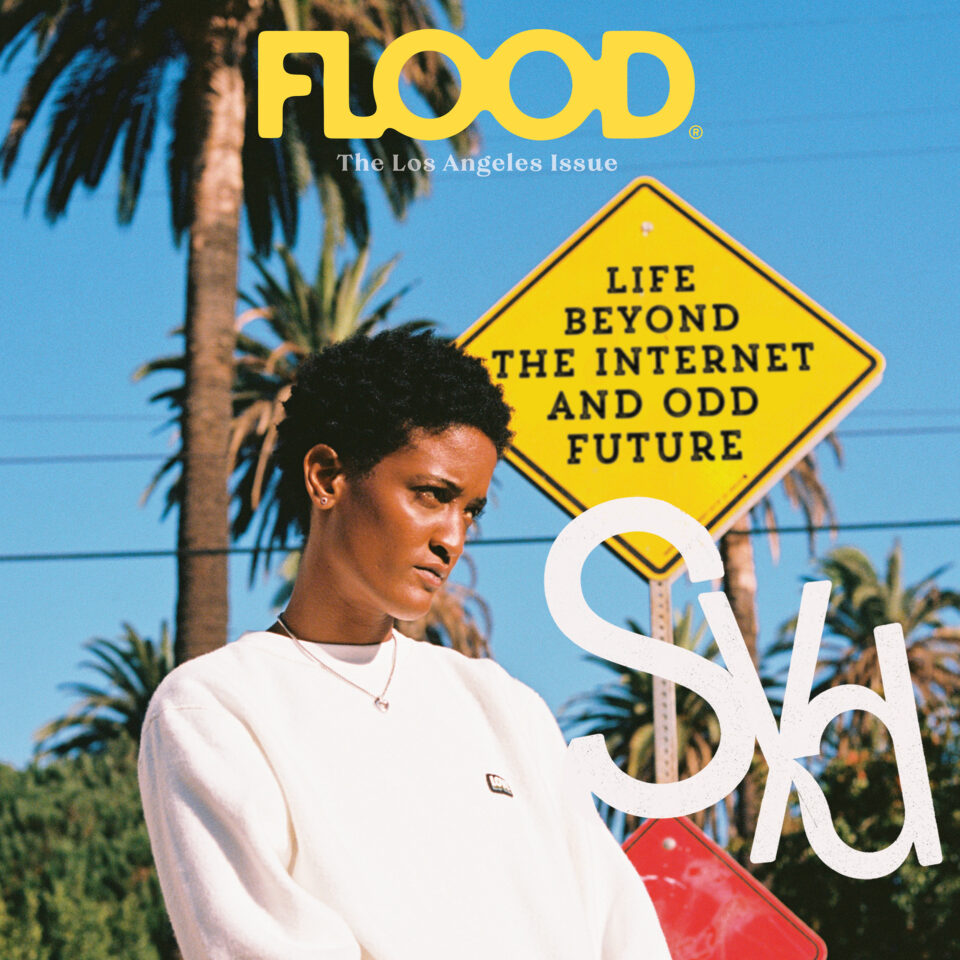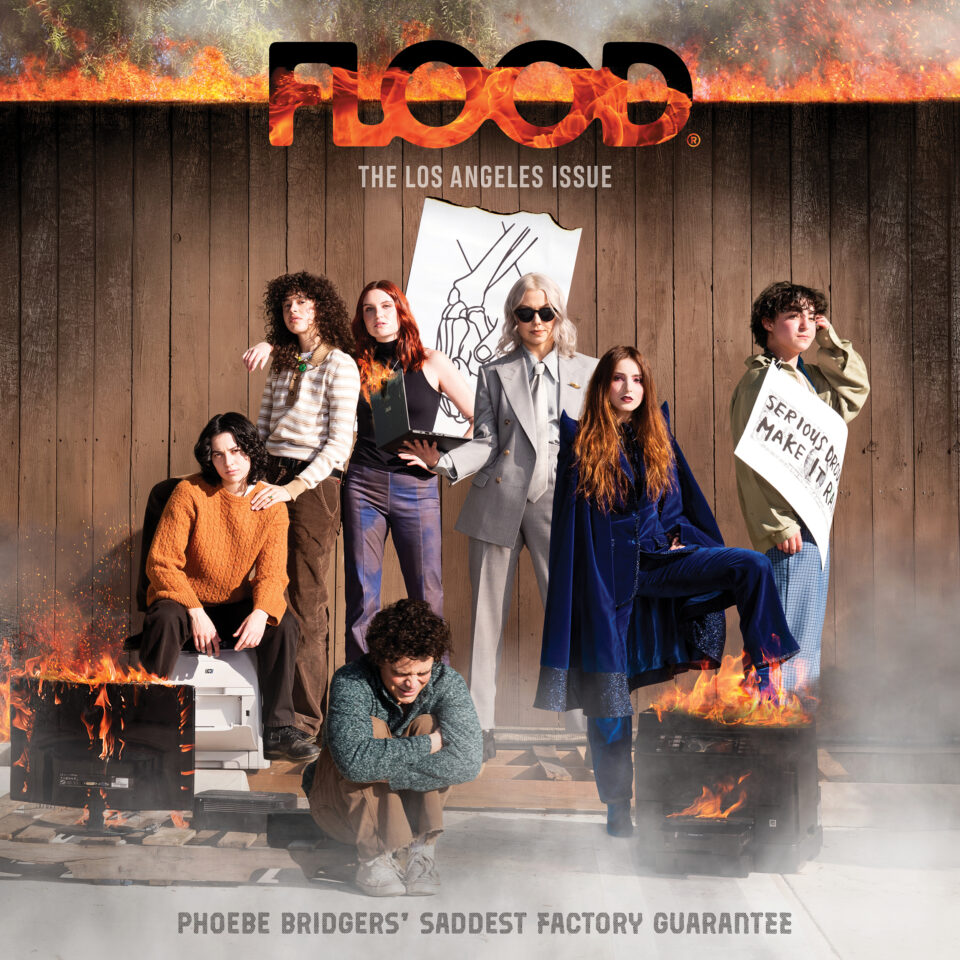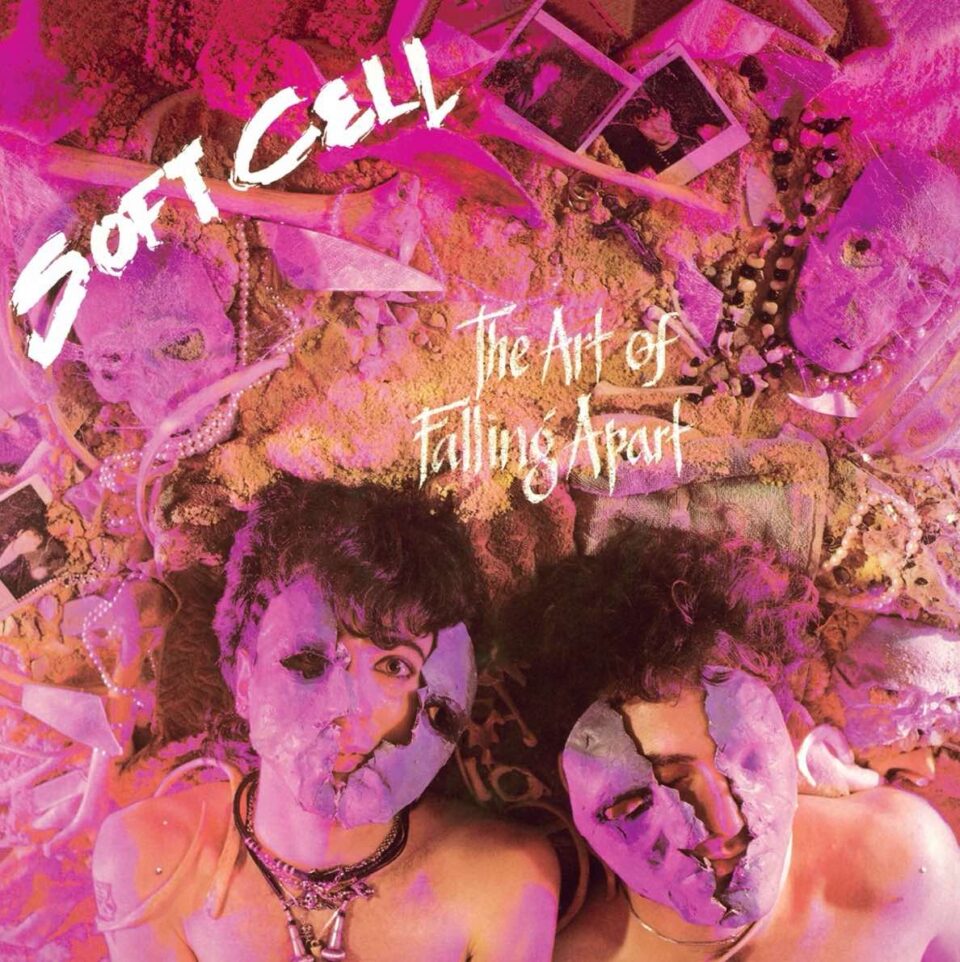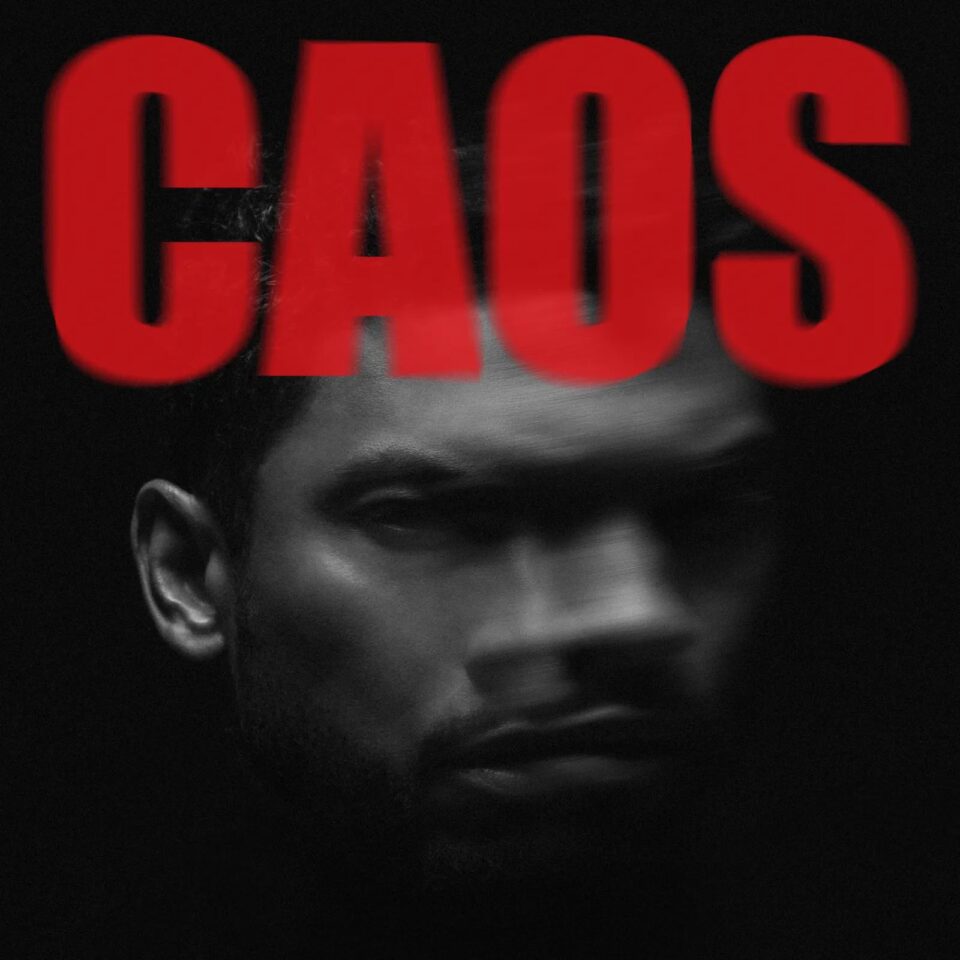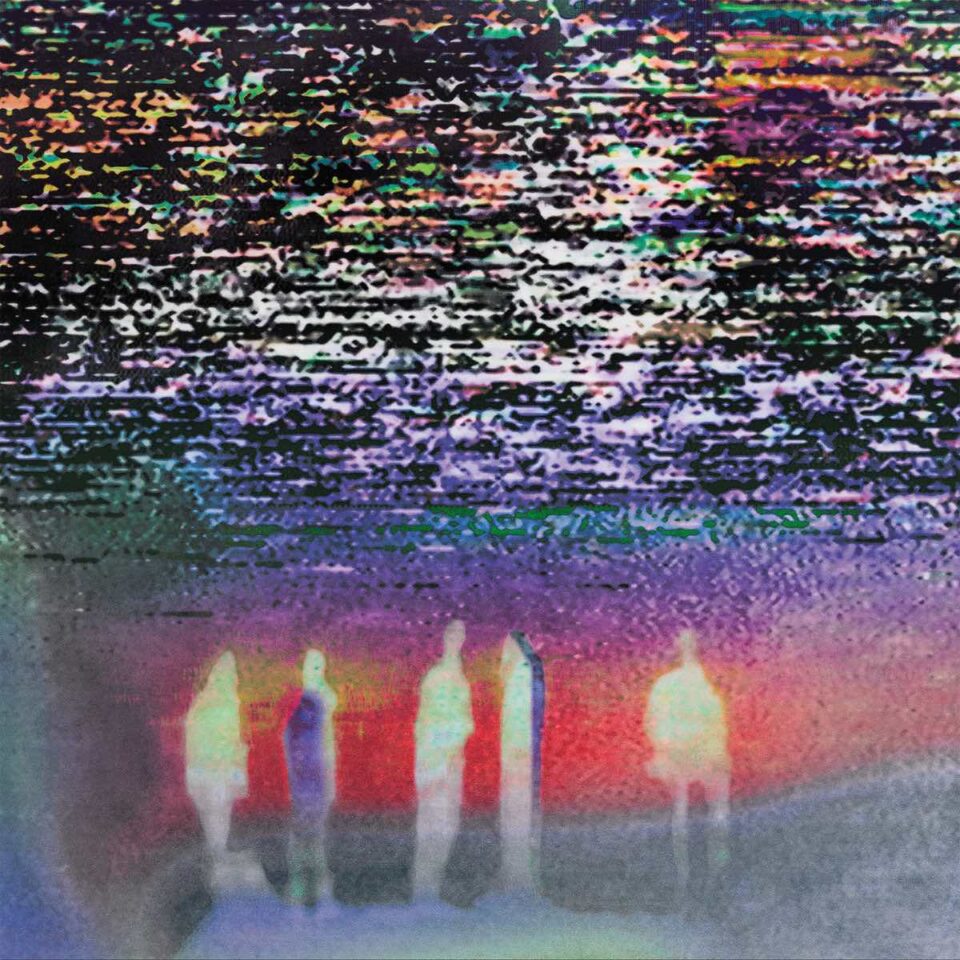Over the last 27 years, Gorillaz have been through a lot together. The members of the virtual band have been possessed by the spirits of murdered rappers, fought the boogeyman at Point Nemo, gone to prison multiple times, and even tried to kill each other. But the journey of Murdoc Niccals, Stuart “2D” Pot, Russell Hobbs, and Noodle would not have been so epic without their second album, Demon Days, which turns 20 this weekend (unless you live in Japan, in which case its anniversary was on May 11).
Listeners around the world were clamoring to hear Demon Days after the success of Gorillaz’s self-titled debut in 2001. With Blur frontman Damon Albarn serving as the musical mastermind behind the project, this sophomore record expanded upon its predecessor’s forays into hip-hop, trip-hop, dub, and other more experimental sounds, which initially led to smash hits like “Clint Eastwood” and “19-2000.” Prior to the second album’s reveal, the virtual band of hooligans designed by Tank Girl illustrator Jamie Hewlett was seen by many as an animated placeholder for music videos, directing attention away from Albarn and the rest of the artists behind the project. According to Hewlett, the immediate reaction was that Gorillaz was a gimmick—a one-off fuck around with cartoons. After all, there was no indication of a persistent story being told. The music videos were seemingly random visual ideas rather than a cohesive story, and other major groups like Daft Punk were placing their videos in similar virtual universes rather than putting their faces front and center.
But after Gorillaz returned shortly before Demon Days’ release overseas with its first single, the eclectic alt-hip-hop mashup “Feel Good Inc.,” the world embraced Gorillaz as their own band. There probably hasn’t been a better introduction to an album in history: Right off the bat, the world knew that Gorillaz’s sound was expanding beyond their already undefined place. Plus, they made their reentry alongside one of the most iconic underground rap groups in history, De La Soul. The singles to follow were an energetic rave track in “Dare”; a funky amalgamation of children’s choirs, orchestral strings, and a verse from The Pharcyde’s Bootie Brown in “Dirty Harry”; and a double release of two soaring yet vastly different blends of melody, “Kids with Guns” and “El Mañana.” The music was simply outstanding. It’s arguably the best album Albarn has been involved in across dozens of bands, solo efforts, operas, and supergroups. But his face was still nowhere to be seen.
At this point, Blur and Gorillaz were operating simultaneously. After Gorillaz, Albarn wrote Blur’s 2003 album Think Tank, with Demon Days following two years later. His name recognition would have definitely helped boost Gorillaz’s profile, but the only faces associated with the masterful new album remained the monkey-fied mugs of Murdoc, 2D, Russell, and Noodle. There were some humans alongside them, though. The collaborators showed their faces—their real faces—in the videos: The “Dirty Harry” visual sees the band traverse the desert in a Humvee, and Bootie Brown raps his verse while standing on the rugged vehicle; in the “Dare” video, Noodle is running computer analysis on Shaun Ryder's familiar bald head; in “Feel Good Inc.,” De La show up on massive screens surrounding a distraught 2D to rap their verse.
Their presence alongside Gorillaz was like a stamp of approval from reality. Here are these legendary artists presenting themselves as equals to a bunch of cartoons—unlike in the “Clint Eastwood” video, where Del the Funky Homosapien is represented by a ghost (although that is fitting, as Del’s spirit inhabits Russell’s body). From there, the dynamic was clear: The virtual members were making the music, and because the music and art were so outstanding, the real world couldn’t get enough of this burgeoning virtual universe. Gorillaz would have their own episode on MTV’s Cribs highlighting Kong Studios, their grimy, haunted mansion where they all live on a hilltop in Essex. At over 205,000 square feet, it featured “48 or 49 rooms (maybe more),” an in-house studio, and its own gateway to hell.

Then, a few months later, the four members stepped into the real world themselves when they performed at the 2006 GRAMMYs alongside the queen of pop herself, Madonna. That was the year they also won their first and only award at the show for Best Pop Collaboration with Vocals for “Feel Good Inc.” With such a massive profile, celebrities started clamoring to be a part of Gorillaz’s journey in any way they could. Bruce Willis wanted to be in their universe so badly that he tried to kill 2D and Murdoc during a high-speed pursuit (another celebrity, Hollywood legend Dennis Hopper, was already quietly involved with an uncredited yet instantly recognizable guest narration on the Demon Days track “Fire Coming Out of the Monkey’s Head”).
Twenty years later, Gorillaz’s journey continues alongside Tame Impala’s Kevin Parker, Thundercat, Stevie Nicks, St. Vincent, Beck, EarthGang, Bad Bunny, ScHoolboy Q, Robert Smith, and plenty more of the most famous living musicians. But the journey also includes cults, transmissions from the future, space travel, and a whole bunch of adventures that could only take place in a virtual universe—not to mention those that take place in ours, such as the newly unveiled House of Kong exhibition planned for August in London. Thank god Demon Days slapped so hard. Now that universe gets to live on forever. FL

